News & Updates
5 Tips to Leave No Trace in Coastal Ecosystems


Whether you live in a coastal ecosystem or are planning to explore one soon, here are some tips that will help you minimize your impacts to ensure the health and wellbeing of Nearshore Marine Systems and Intertidal zones.
1. Reduce Plastic Consumption and Pack Out Your Trash
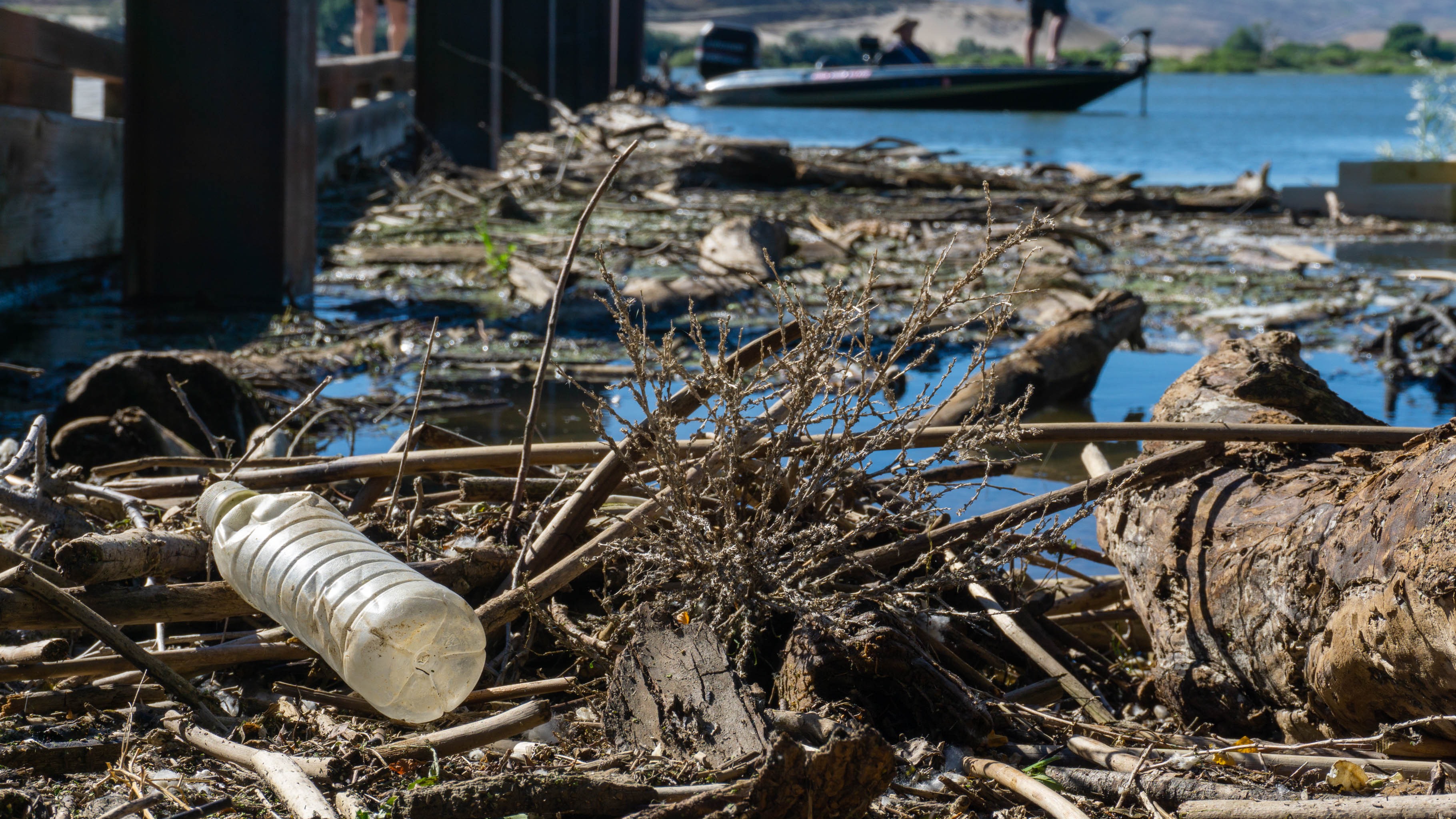
While Planning Ahead and Preparing for your Coastal excursion, do your best to minimize your purchase and use of plastics, and repackage any food or items in advance to avoid bringing potential trash with you. If you do create trash, have a way to pack it out with you such as a reusable trash bag. This can also come in handy when finding the inevitable flotsam that washes ashore.
Plastic bottles, containers and bags can be mistaken as food and become lodged inside the stomachs and digestive tracts of animals large and small, often leading to death. As plastics break down in the sun, they never truly biodegrade like organic materials, such as wood, yard clippings or food scraps. Instead, they become tiny micro plastics which can persist in the environment forever. According to Ocean Conservancy, 8 million metric tons of plastics enter the ocean each year on top of the estimated 150 million metric tons that currently circulate the marine environment. Check out these 9 ways you can reduce your use of plastic, and prevent it from getting into the ocean.
2. Learn Where You Can Poop Ahead of Time
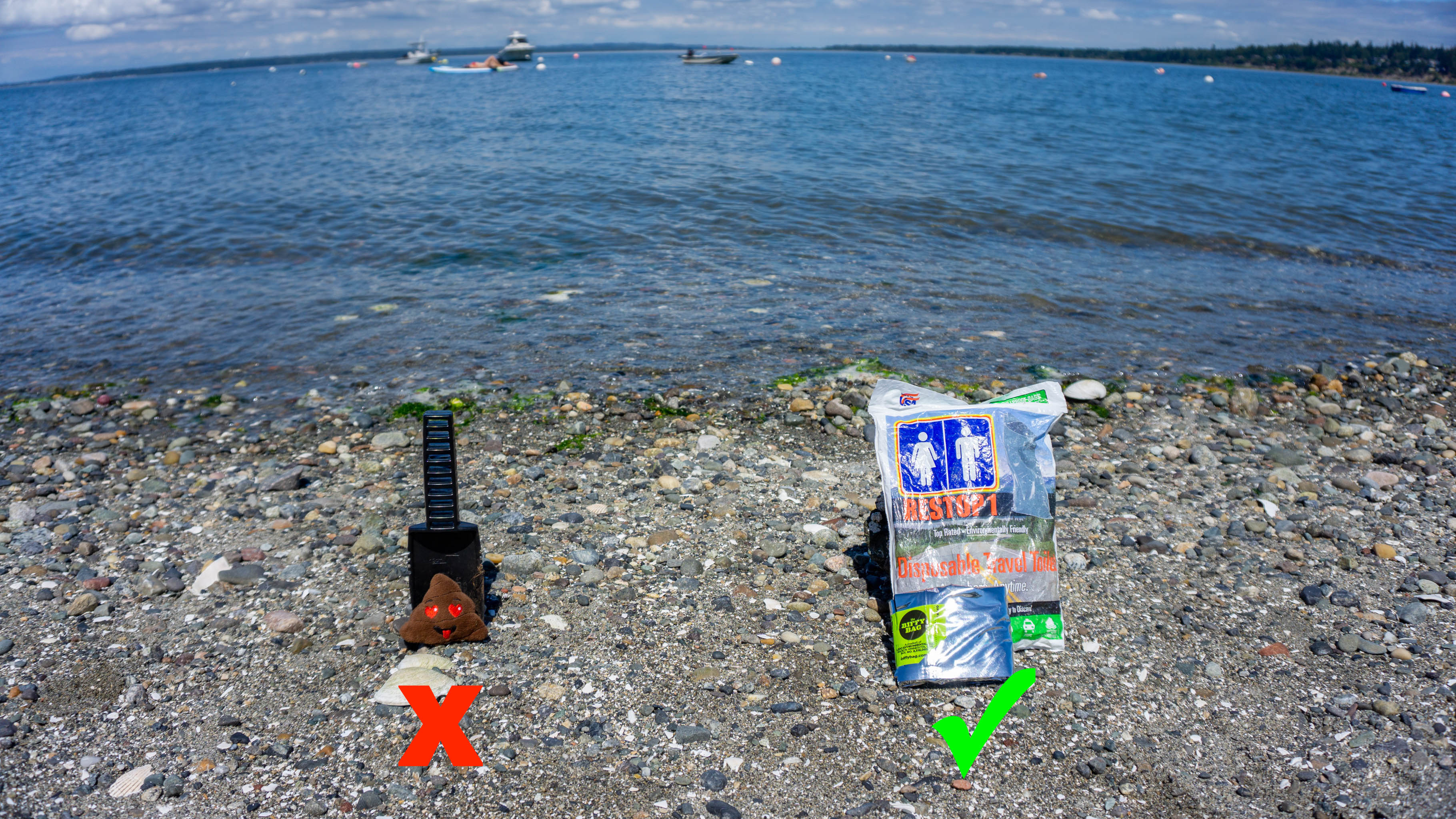
When bathroom facilities are not present, there are two generally accepted methods for human waste disposal: pack it out, or bury it in a cathole. Human waste disposal in Nearshore Marine Systems or intertidal zones is illegal. Coastal campsites are often heavily used and confined by dense vegetation, leading to concentrated cathole sites. To avoid cathole concentration, find a site far from camp in advance and dig your cathole before you need to go. This will ensure that you aren’t looking for a place in a rush. Learn How to Pee Outside with this video.
Be on the lookout for shell middens! Indigenous populations have been stewards of the land since time immemorial, and shell middens are a part of a long history of harvesting and consuming shellfish and can be associated with kitchen sites or areas of celebration. Middens are recognizable as piles of shells, but may be disguised with plants and other ground cover. If you find a shell midden while digging a cathole, please fill in it back in and search for another site.
3. View Wildlife From a Distance, and Be Prepared to Give Them Space If They Get Close
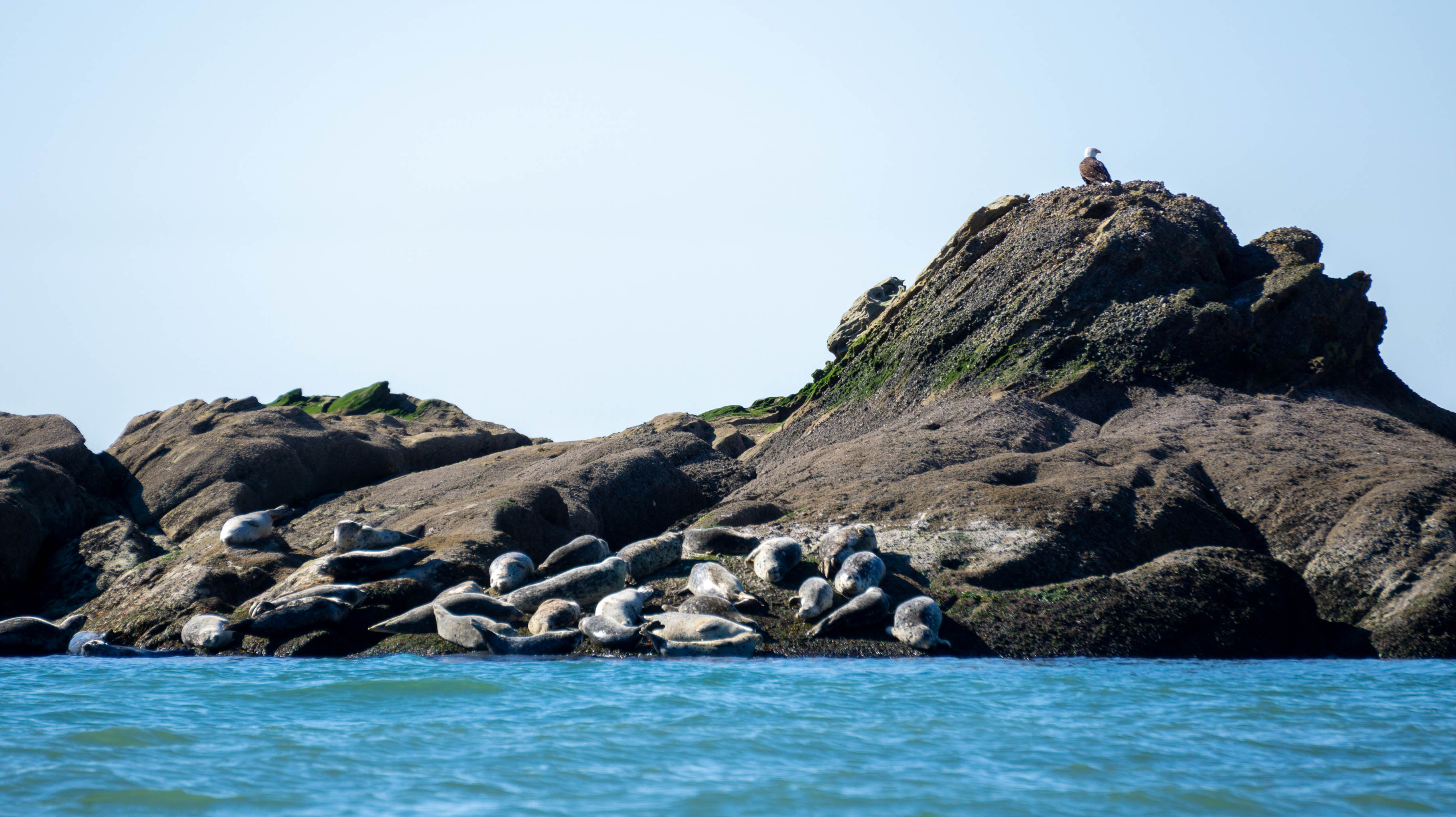
Give wildlife lots of space. Beaches can often be just a narrow stretch of sand or gravel between a steep upland slope and the ocean. Be conscious of this when trying to “pass” an animal on the beach. You have more options in your movements, so have patience and be prepared to alter your course. Even the most well behaved pet can cause unnecessary stress on coastal wildlife, so keep your pet on a leash and always pack out their waste.
Marine mammals such as seals often leave their offspring behind while feeding. Approaching or touching a seal pup may lead to stress and abandonment. If you find an animal in trouble, notify a Ranger or Game Warden. When offshore and encountering large marine mammals, make sure to stop, and if you are in a boat with a motor, turn it off. The sound from boat engines can cause stress, and interfere with whales and dolphins’ ability to communicate.
4. Stick to Designated Fire Rings or Bring a Stove
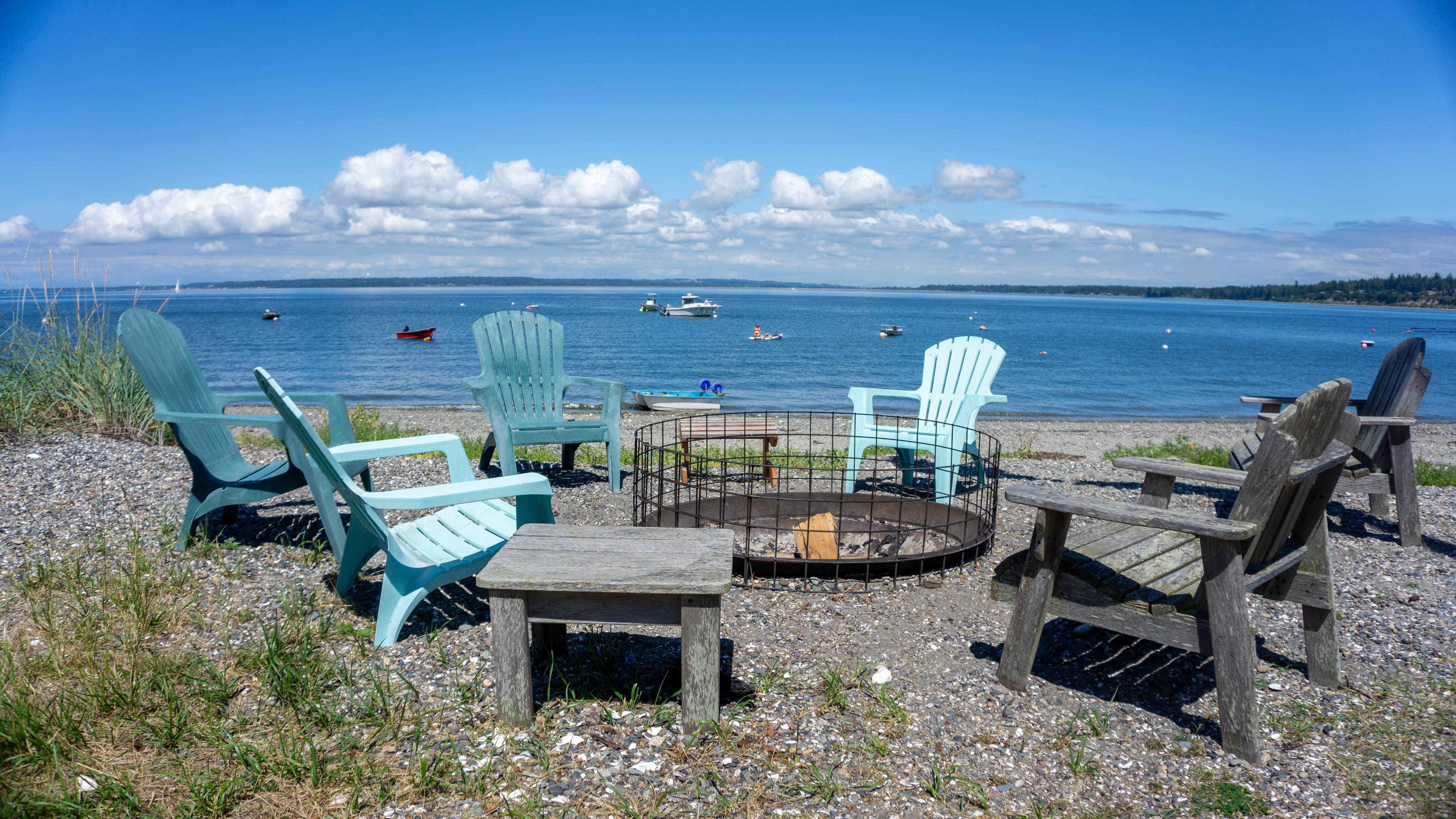
When having a fire in coastal ecosystems, stick to designated or established fire rings, or consider bringing a fire pan. This will ensure your ashes and coals are contained and prevent any unnecessary damage to the beach. Driftwood is usually plentiful and preferable to collecting wood in the forest, but check local regulations ahead of time to make sure this is allowed. Many coastal campsites and picnic areas are concentrated and heavily used, and the collection of wood for a campfire may be prohibited to preserve the wood for wildlife shelter and erosion control. Fires can be aesthetically pleasing, but can take a lot of skill and patience to cook on. Consider cooking your meal on a campstove, and skip the hassle of making a fire.
5. Be Aware of What Surfaces You Are On
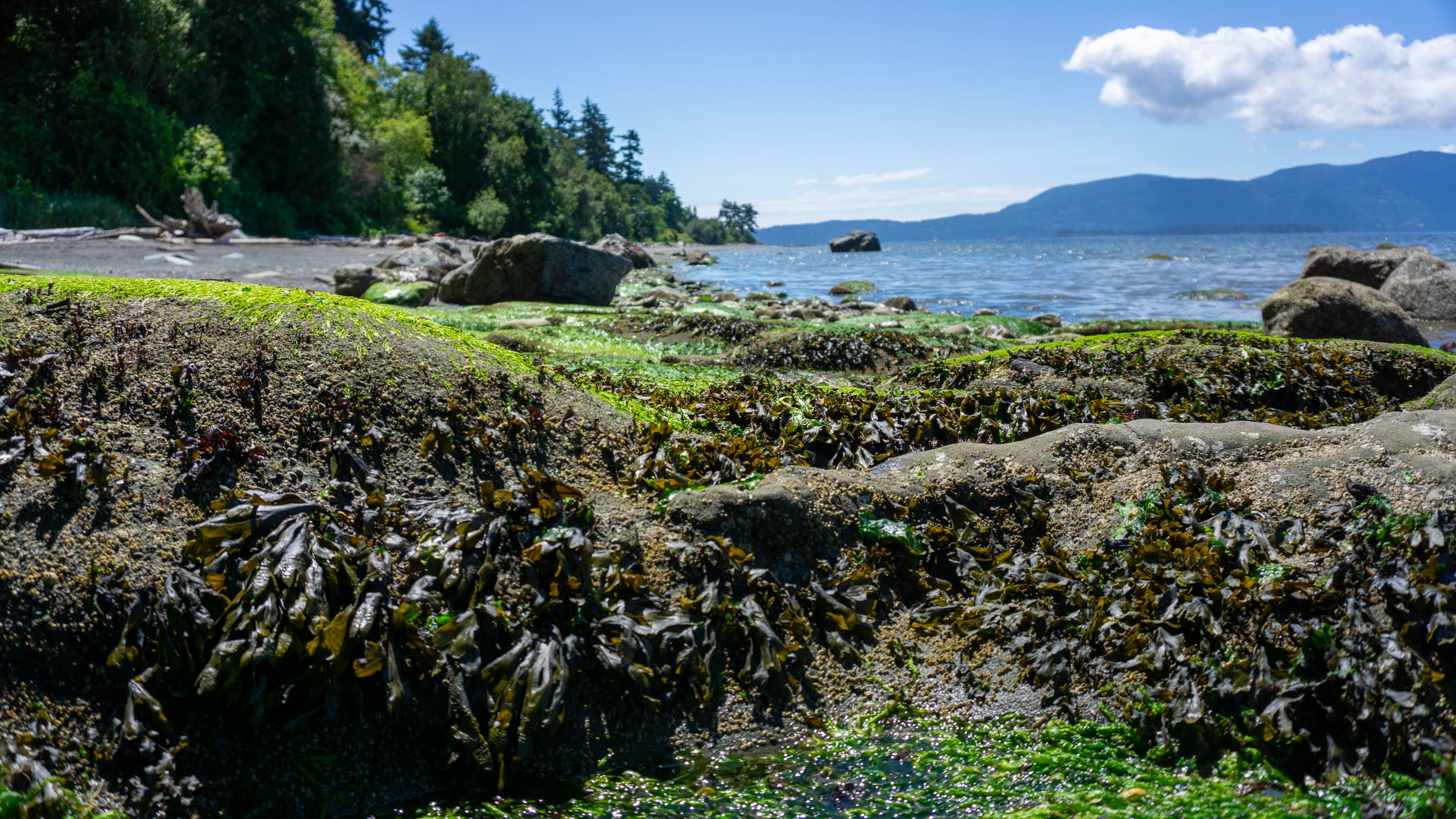
In coastal ecosystems, especially in the intertidal zone, there can be entire marine microbiomes beneath your feet! Stick to designated trails to and from the beach, and durable surfaces on the beach such as sand, gravel and bare rock. Avoid rocks covered in barnacles, seaweed, kelp and other sensitive areas as much as possible. Intertidal zones provide habitat for all sorts of marine critters big and small. The transition zone between beach and upland can be host to an array of beach grasses, plants and animals that only thrive in those narrow habitats. Check out these great tips for tide pooling!
Have fun on your next coastal adventure, Enjoy Your World and Leave No Trace.
By the Subaru/Leave No Trace Teams. For over 20 years these teams have provided tangible solutions to serious issues facing our outside space and reach over 15 million people every year. Learn more about the important work of our mobile education teams. Proud partners of this program include Subaru of America,REI,Eagles Nest Outfitters, Thule,Fjällräven andKlean Kanteen.
Let’s protect and enjoy our natural world together
Get the latest in Leave No Trace eNews in your inbox so you can stay informed and involved.
